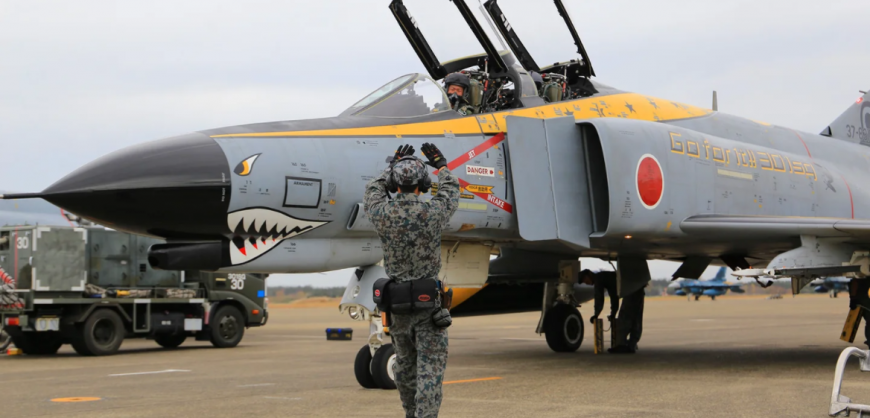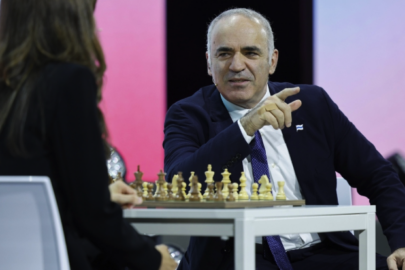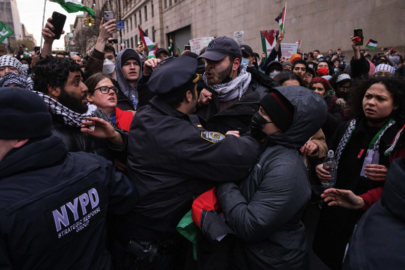After 48 years, Japan’s days of flying F-4 Phantom II fighters in a combat role are coming to an end. The landmark was formally marked today, with a send-off event for the jets. The aircraft were from 301 Hikotai, the country’s last combat unit equipped with the type, and it’s expected to cease flying operations next month. The remaining F-4EJs will, in the future, only be flown by the country’s Air Development and Test Wing.
The ceremony to mark the end of the Japan Air Self-Defense Force (JASDF) operating the F-4EJ took place at Hyakuri Air Base, 301 Hikotai’s home base, in Ibaraki Prefecture, 50 miles northeast of Tokyo. Representatives from the base, various squadron commanders, as well as officials representing the wider JASDF attended the event.
Japan’s Phantom story began in 1968 when the McDonnell Douglas type was selected for the JASDF, an order being placed for 140 F-4EJ versions, based on the U.S. Air Force’s then-standard F-4E. The production effort was of considerable significance for Japan’s aerospace industry, with all but the first two F-4EJs being completed under license by Mitsubishi Heavy Industries (MHI).

When you die you actually know you’re dead and here is why!
“Onisilos-Gedeon” Joint Exercise in Cyprus ends with great success (photos)
Meanwhile, the initial pair from the production line in St Louis, Missouri, touched down in Japan on July 25, 1971. The first Phantoms to be based at Hyakuri arrived there in 1972 and were assigned to 301 Hikotai, which was declared fully operational the following year.
The Japanese production run also included the last of the 5,195 Phantoms built anywhere in the world — F-4EJ 17-8440 rolled off the MHI production line on May 21, 1981. The following year, Japan kicked off a major upgrade effort for its F-4EJ fleet, which would bring 96 examples up to F-4EJ Kai standard, with “Kai” meaning “improved”.
Read more: The Drive





































